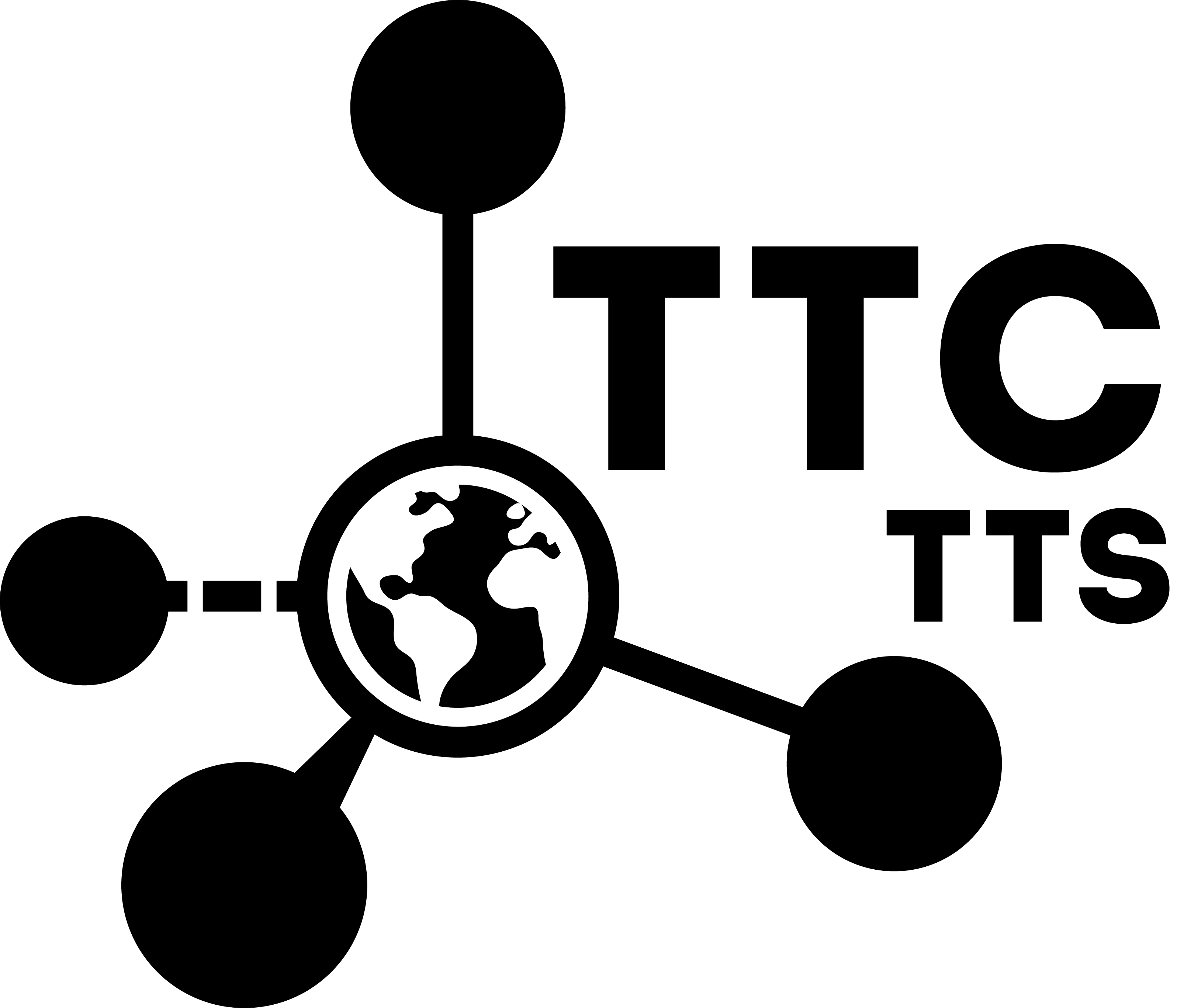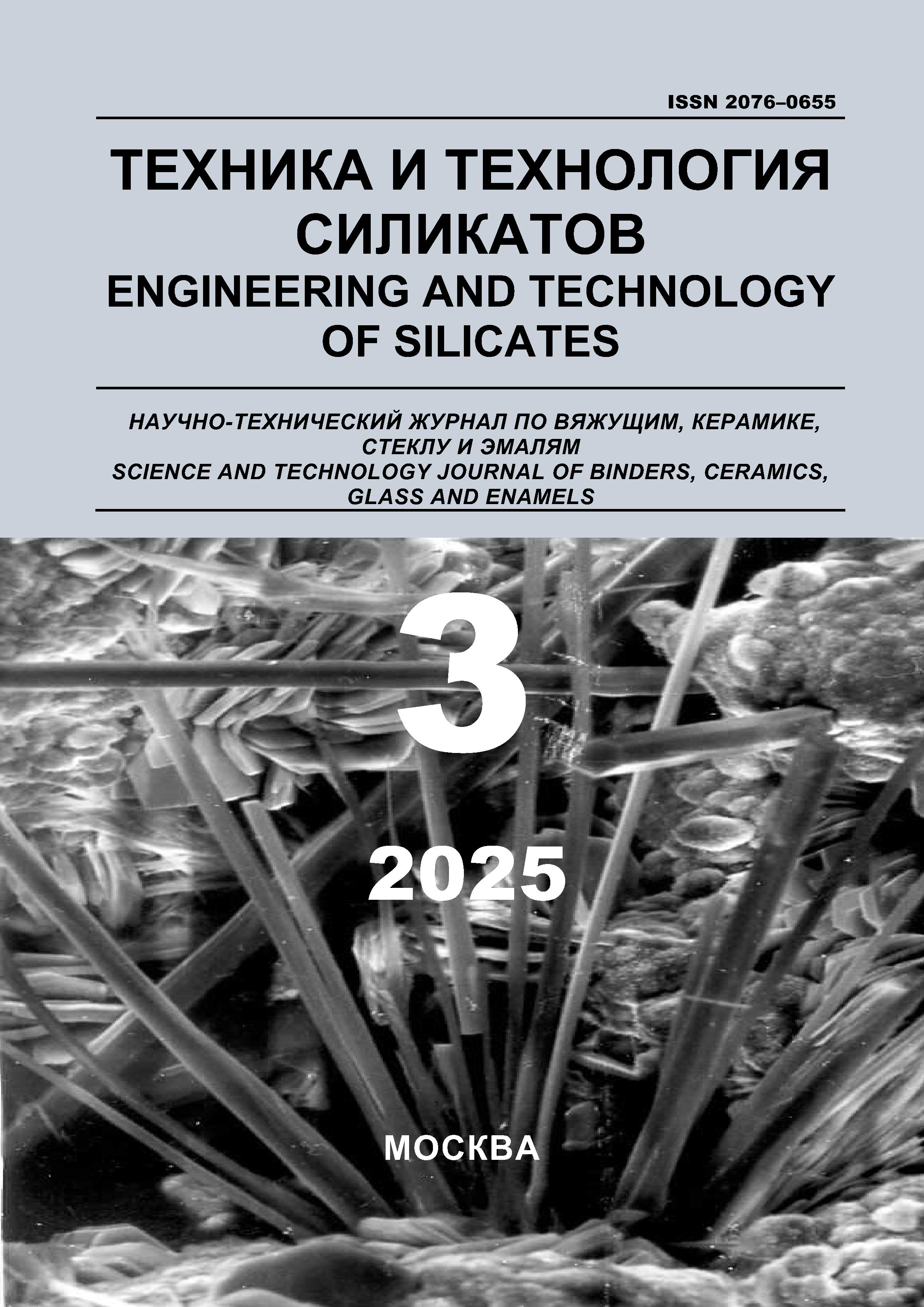employee
Moscow, Moscow, Russian Federation
employee
Moscow, Moscow, Russian Federation
UDC 691.328.43
CSCSTI 67.09
Russian Classification of Professions by Education 08.06.01
Russian Library and Bibliographic Classification 38
Russian Trade and Bibliographic Classification 54
Bond strength between fibers and concrete is a key factor influencing the physical, mechanical, and performance char-acteristics of fiber-reinforced concrete. This paper analyzes existing methods for determining the pullout strength of fibers within a concrete matrix. Special emphasis is placed on identifying and improving test methods for glass composite fiber, which, in terms of its physical and mechanical properties and pullout strength with the concrete matrix, is not inferior to steel fiber. However, it has lower surface hardness and reduced compressive strength across the glass fibers embedded in the composite. Therefore, testing methods for evaluating the bond of glass composite fiber must account for the structural features of the fiber. Moreover, obtaining reliable results with high accuracy is essential for a more detailed study of the interaction between glass composite fiber and concrete. Experimental data confirms that, for glass composite fiber, the ac-curacy of test results depends significantly on the shape of the test specimen. The refinement of the methodology for deter-mining the bond strength of glass composite fiber to concrete is justified by the increase in accuracy from 6–16% to 4–8%, depending on the fiber type, as well as by a twofold improvement in the reproducibility of results. The result of this refine-ment is a specimen configuration consisting of two halves of a concrete and polymer concrete figure-eight specimen, re-spectively, with an integrated displacement sensor
fiber, glass composite fiber, GFRP fiber, pullout strength, methods, fiber-reinforced concrete, comparison methods
1. Seleznev V.A., Kakusha V.A., Ushkov V.A., Chukov N.A., Gorbunov I.A. Ekspluatacionnye harakteristiki polimer-noy kompozitnoy armatury // Promyshlennoe i grazhdanskoe stroitel'stvo. 2021. № 1. Pp. 42–50. https://doi.org/10.33622/0869-7019.2021.01.42-50.
2. Seleznev V.A., Samchenko S.V., Kakusha V.A., Chukov N.A., Ushkov V.A. Vliyanie temperatury i korrozionnoaktivnyh sred na fiziko-mehanicheskie harakteristiki steklokompozi-tov // Tehnika i tehnologiya silikatov. 2020. T. 27, № 2. S. 41–45.
3. Puharenko Yu.V., Morozov V.I., Panteleev D.A., Zhavo-ronkov M.I. Opredelenie prochnosti scepleniya armiruyuschih volokon s matricey v fibrobetone // Stroitel'nye materia-ly. 2020. № 3. S. 39–43. https://doi.org/10.31659/0585-430X-2020-779-3-39-43.
4. Solov'ev V.G., Sizyakov I.D. Vliyanie steklokompozitnoy fibry na fiziko-mehanicheskie svoystva tyazhelogo betona // Tehnika i tehnologiya silikatov. – 2025. – T. 32, № 1. – S. 91-100, https://doi.org/10.62980/2076-0655-2025-91-100, EDN NQELWC
5. Wu H. et al. Interfacial bond properties and pullout behaviors of steel fibers embedded in ultra-high-performance concrete: A re-view // Materials Today Communications. 2023. Vol. 35. Pp. 106081. DOI:https://doi.org/10.1016/j.mtcomm.2023.106081.
6. Shi H., Lei T., Chen T. Experimental and finite element analysis on pullout behavior of steel fibers embedded in cement grouting material // Journal of Building Engineering. 2024. Vol. 98. Pp. 111115. DOI:https://doi.org/10.1016/j.jobe.2024.111115.
7. Matiushin E., Sizyakov I., Shvetsova V., Soloviev V. The Properties and Behavior of Ultra-High-Performance Concrete: The Effects of Aggregate Volume Content and Particle Size // Buildings. 2024. Vol. 14, № 9. Pp. 2891. DOI:https://doi.org/10.3390/buildings14092891.
8. Galbraith J.M., Rhyne E.P., Koss D.A., Hellmann J.R. The interfacial failure sequence during fiber pushout in metal matrix composites // Scripta Materialia. 1996. Vol. 35, № 4. Pp. 543–549. DOI:https://doi.org/10.1016/1359-6462(96)00174-1.
9. Sizyakov I.D. Treschinostoykost' betona so stekloplastiko-voy i stal'noy fibroy // Inzhenernyy vestnik Dona. 2024. T. 5, № 113. ss. 379–387.
10. Nurtdinov M.R., Bur'yanov A.F., Solov'ev V.G. Povy-shenie effektivnosti primeneniya kompozitnoy steklopla-stikovoy fibry v betonah // Stroitel'nye materialy. 2017. № 4. S. 68–71.https://doi.org/10.31659/0585-430X-2017-747-4-68-71
11. Wu Z., Khayat K.H., Shi C. How do fiber shape and matrix composition affect fiber pullout behavior and flexural properties of UHPC? // Cement and Concrete Composites. 2018. Vol. 90. Pp. 193–201. DOI:https://doi.org/10.1016/j.cemconcomp.2018.03.021.
12. Liem N.D., Ngo T.-T., Phan T.-D., Lai T.-T., Le D.-V. Pre-dicting tensile properties of strain-hardening concretes containing hybrid fibers from single fiber pullout resistance // STCE. 2022. Vol. 16, № 3. Pp. 84–96. DOI:https://doi.org/10.31814/stce.huce(nuce)2022-16(3)-07.
13. Pfyl T. Tragverhalten von Stahlfaserbeton. ETH Zurich, 2003. Pp. 139 S. DOI:https://doi.org/10.3929/ETHZ-A-004501155.
14. Afanador García N., Noriega Sanchez C.J., Nolasco Serna C. Evaluation of uncertainty in determining the physical properties of concrete using Bootstrap // J. Phys.: Conf. Ser. IOP Publishing, 2020. Vol. 1645, № 1. Pp. 012008. DOI:https://doi.org/10.1088/1742-6596/1645/1/012008.
15. Abrashitov V.S., Kapustin D.E., Kapustin A.E. Statisti-cheskiy podhod k opredeleniyu kolichestva izmereniy pri pro-vedenii instrumental'nogo obsledovaniya stroitel'nyh kon-strukciy // Inzhenernyy vestnik Dona. 2021. № 7. S. 486–495.
16. Dvorkin L.I., Goc V.I., Dvorkin O.L. Ispytaniya beto-nov i rastvorov. Proektirovanie ih sostavov: uchebno-prakticheskoe posobie. 2-e izd. Moskva: Infra-Inzheneriya, 2017. 432 s.









